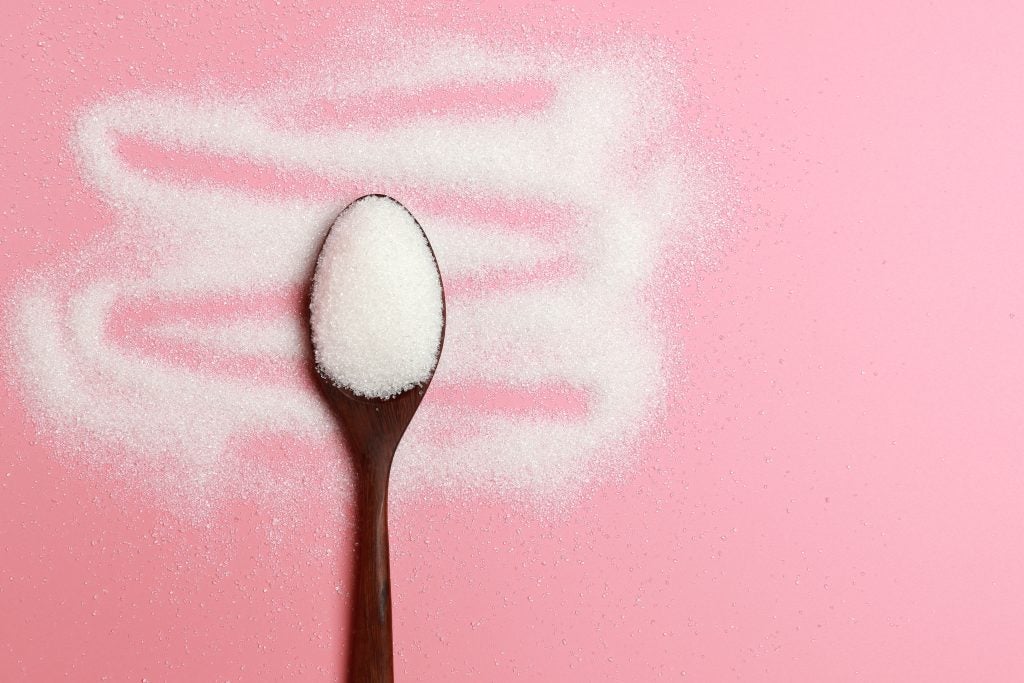
Estudio de Cáncer en Ratones con Sucralosa, Conclusiones por la Autoridad Europea de Seguridad Alimentaria
04/junio/24
Aguilar F, Crebelli R, Di Domenico A, Dusemund B, Frutos MJ, Galtier P, et al.
En el 2017 la Autoridad Europea de Seguridad Alimentaria (EFSA por sus siglas en inglés) publicó una opinión científica sobre la validez de las conclusiones de un estudio en ratones sobre el potencial carcinogénico de la sucralosa (E 955) realizado por el Instituto Ramazzini (Soffritti et al. al., 2016). Los animales fueron expuestos a la sucralosa desde el día 12 de gestación (en el útero) hasta la muerte espontánea o las 130 semanas de edad. Los autores informaron que “la sucralosa administrada en el alimento, desde el período prenatal hasta el final de la vida, induce neoplasias hematopoyéticas en ratones suizos machos”.
El panel de la EFSA señalo:
- El diseño del bioensayo que considera la exposición desde la gestación hasta la muerte natural de los animales implica un aumento en patología de fondo que da como resultado la posibilidad de clasificaciones erróneas y una interpretación difícil de los datos, especialmente en ausencia de un grupo de control
- La falta de una relación dosis-respuesta entre la exposición a la sucralosa y la incidencia de linfomas y leucemias (combinados)
- La falta de un modo de acción y el incumplimiento de todas las consideraciones de Bradford-Hill para una relación causa-efecto entre la ingesta de sucralosa y el desarrollo de tumores en ratones macho únicamente
- Se dispuso de una base de datos completa para la sucralosa y no se informó ningún efecto carcinogénico en estudios adecuados en ratas y ratones. Además, no hubo evidencia confiable de genotoxicidad in vivo.
Por lo tanto, el panel concluyó que:
- La sucralosa es segura y no causa cáncer
- Los datos disponibles no respaldan las conclusiones de los autores (Soffritti et al., 2016) que la sucralosa indujo neoplasias hematopoyéticas en ratones suizos machos
ABSTRACT
“The Panel on Food Additives and Nutrient Sources added to Food (ANS) was requested from the European Commission to provide a statement on the validity of the conclusions of a mouse study on the carcinogenic potential of sucralose (E 955) performed by the Ramazzini Institute (Soffritti et al., 2016). Sucralose (E 955) is authorised as a food additive in the EU in accordance with Annex II to Regulation (EC) No 1333/2008 on food additives. According to Commission Regulation (EU) No 257/2010, the full re-evaluation of sucralose shall be completed by December 2020. Taking into consideration the publication from Soffritti et al. (2016), the technical report and additional information provided by the Ramazzini Institute and other information available for sucralose (E 955), the Panel noted: (i) the design of the bioassay that considers exposure from gestation up to natural death of animals implies an increase in background pathology that results in the possibility of misclassifications and a difficult interpretation of data, especially in the absence of both an appropriate concurrent control group and a recent historical database; (ii) the lack of a dose–response relationship between the exposure to sucralose and incidence of lymphomas and leukaemias (combined); (iii) the lack of a mode of action and failure to meet all the Bradford-Hill considerations for a cause–effect relationship between intake of sucralose and the development of tumours in male mice only; (iv) a comprehensive database was available for sucralose and no carcinogenic effect was reported in adequate studies in rats and mice. Moreover, there was no reliable evidence of in vivo genotoxicity. Therefore, the Panel concluded that the available data did not support the conclusions of the authors (Soffritti et al., 2016) that sucralose induced haematopoietic neoplasias in male Swiss mice”.
Para revisar el artículo completo accede a:
https://www.efsa.europa.eu/en/efsajournal/pub/4784
Referencia
- Aguilar F, Crebelli R, Di Domenico A, Dusemund B, Frutos MJ, Galtier P, et al. Statement on the validity of the conclusions of a mouse carcinogenicity study on sucralose (E 955) performed by the Ramazzini Institute. EFSA J. 2017 May 8;15(5). Disponible en: https://www.efsa.europa.eu/en/efsajournal/pub/4784